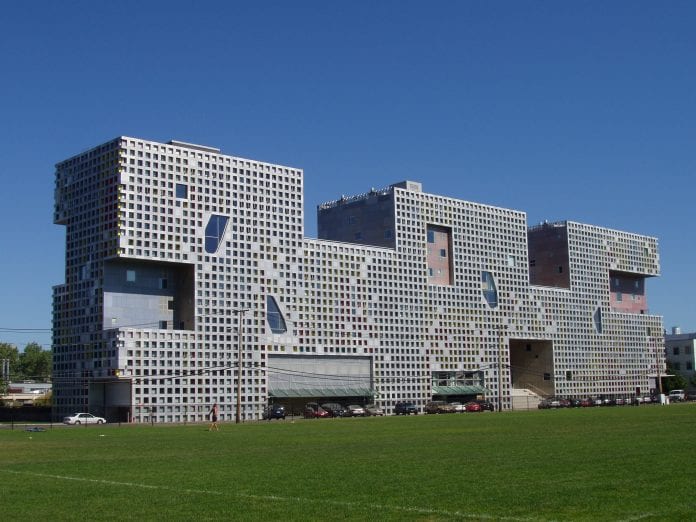This camera can see through walls
Next-Generation technology has been introduced at the most renowned technical institute of US.
Massachusetts Institute of Technology has developed a camera that can draw 3D images of objects beyond the opaque obstacles. The camera uses waves of wavelength in the range of Microwaves for this purpose. The invention is expected to change the ways of rescue missions and other tasks which require operation in dusty, foggy or such conditions of low visibility. Since use of visible light is not much helpful under these situations, the camera may be a source of great help.
But before we get ahead of ourselves, the images that the camera captures do not provide an exact replica of what is on the other side. It’s not like if you stand behind a wall, the camera will be able to deliver a perfect image of you. Rather, the camera is able to deliver a low-resolution, 3D image of whatever is on the other side.
The researchers are working on refining the technology so the camera can deliver more complete 3D images of what is behind the wall (such as the ability to see individual limbs). Currently, the camera is capable of delivering higher-resolution imaging (you can get a sense of the general shape of what’s behind the wall), all of the electronics visible within a 10” by 10” space, and better detection of mirror-like surfaces.
The camera’s reflector is more than one meter wide and processing the image takes an hour. But the researchers are aware of ways they could shrink the camera down to a more manageable size, like shrinking its transmission wavelength to a millimeter wave (5 millimeters instead of the current microwave wavelength of 3 centimeters).
The device works by capturing much larger wavelengths than a regular camera. Visible light has a wavelength of 390 nanometers to 700 nanometers, but MIT’s camera can see wavelengths between 2.5 and 4 centimeters. This allows the microwave camera to easily penetrate through drywall or plywood.
Check out how MIT’s Clark Kent-like camera works:
